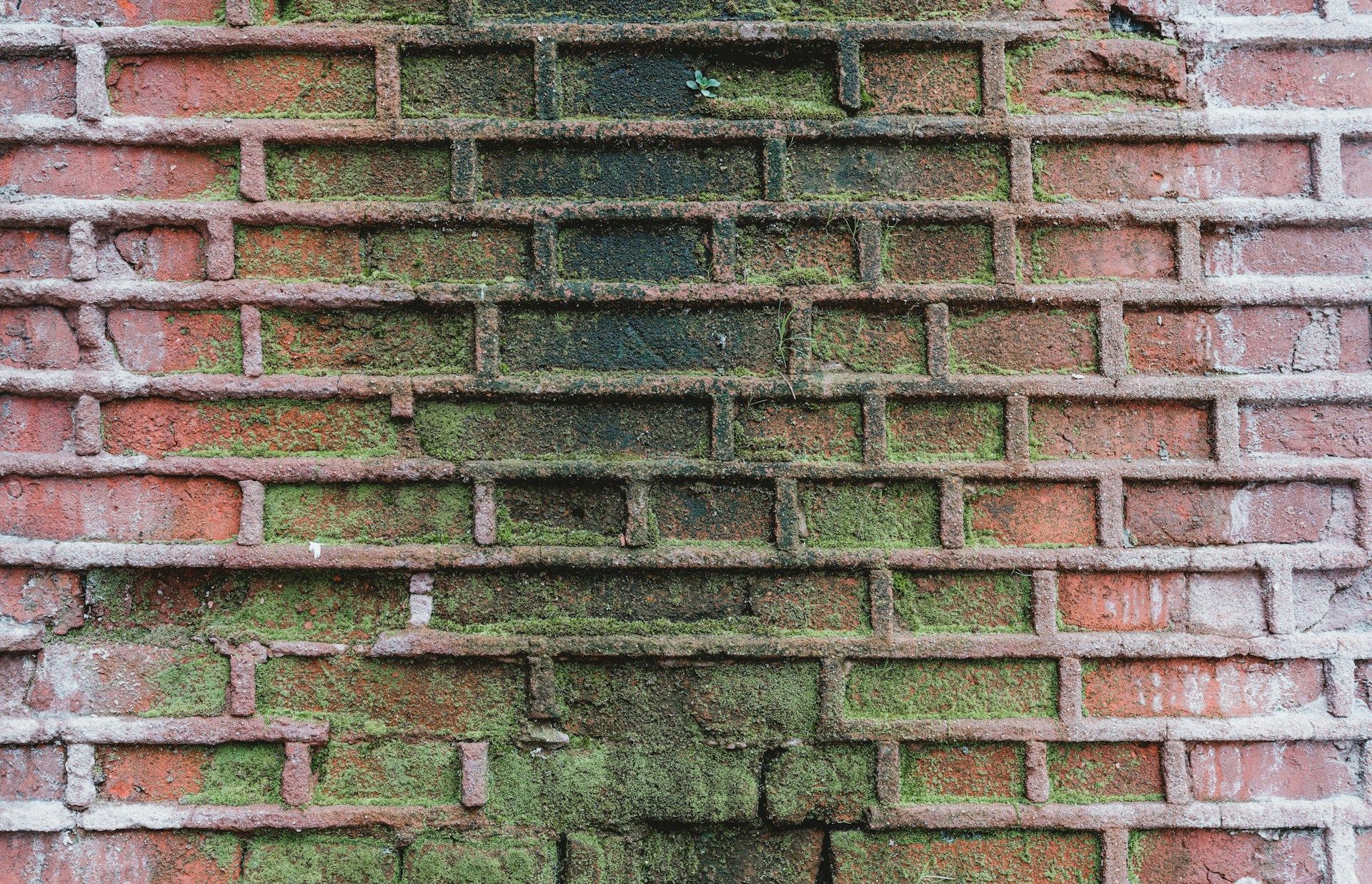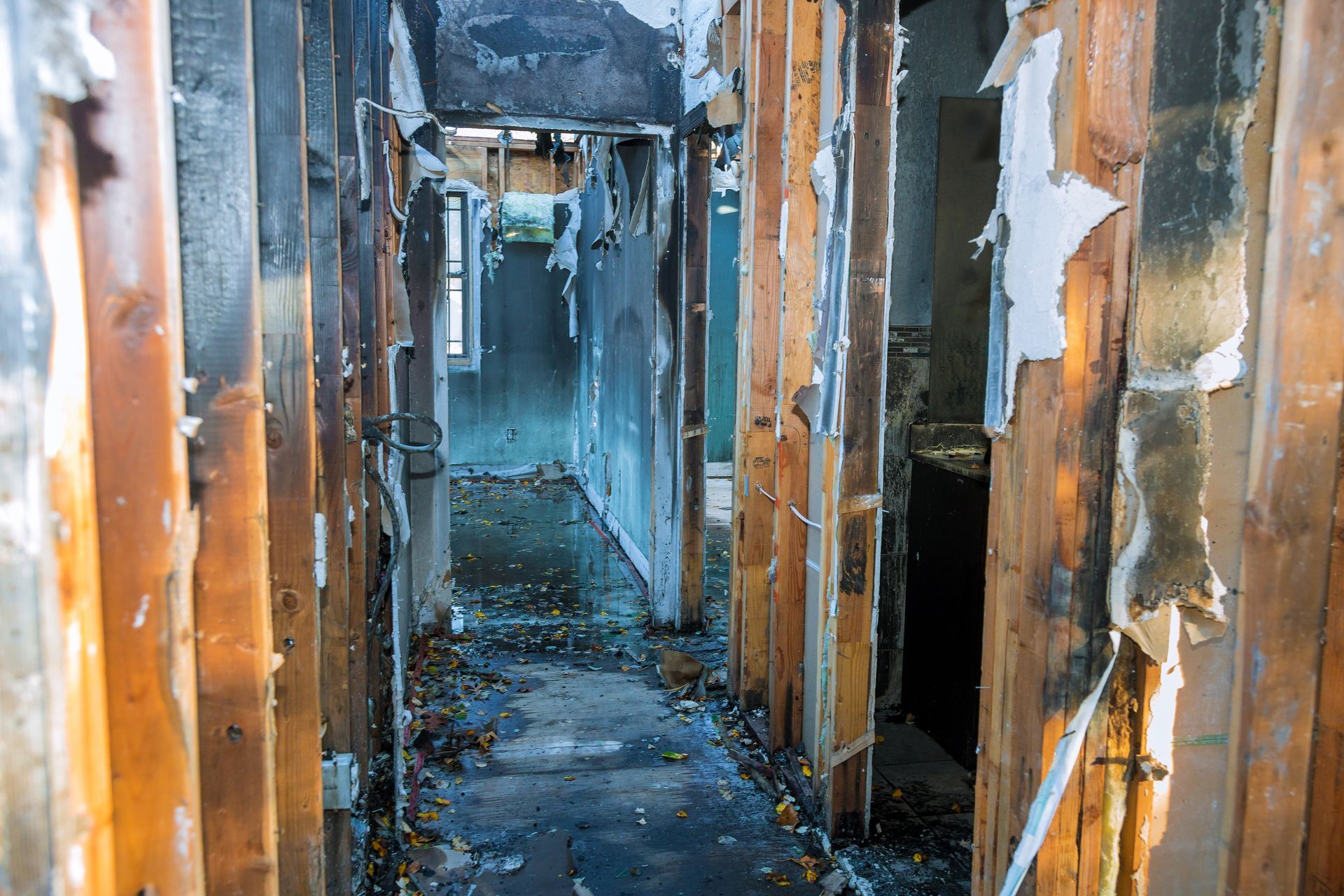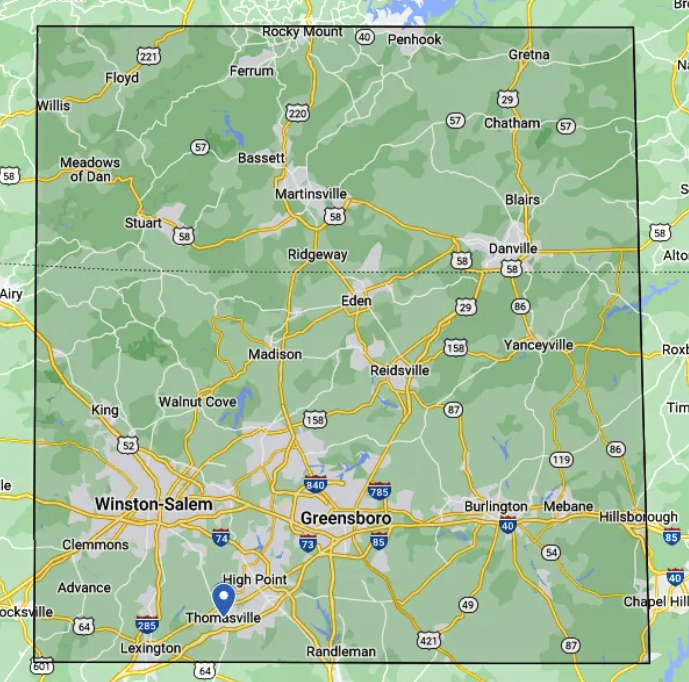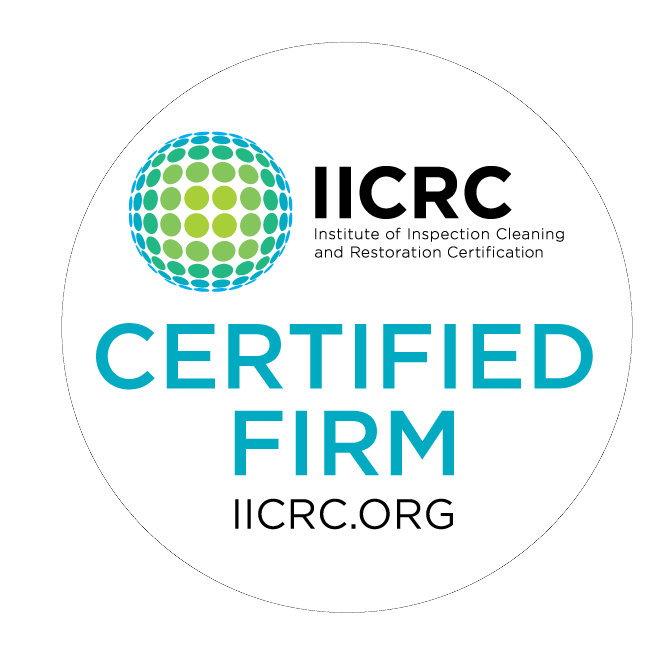Here's What You Can Expect When Hiring a Professional Mold Remediation Team
How do you know if a mold problem needs to be addressed by a professional mold remediation team? And what can you expect if you do need to hire a professional? In this article, you will find the answer to both questions.
First, here are some indicators that suggest you may have a mold issue that requires professional attention:
- Visible Mold Growth: The presence of visible mold growth, such as black, green, or white patches on walls, ceilings, or other surfaces, is a clear indication of a mold problem. Professional remediation is often necessary to address extensive or persistent mold growth.
- Musty Odor: A strong, persistent musty smell in your home, especially in areas with poor ventilation or a history of water damage, can indicate hidden mold growth. If the odor persists despite regular cleaning efforts, it may be time to consult a professional for further assessment.
- Water Damage: Previous water damage, such as leaks, floods, or excessive moisture, can lead to mold growth if not adequately addressed. If you've experienced any water-related incidents, even if they were resolved or repaired, it's crucial to have a professional evaluate the area for potential mold growth.
- Allergic Reactions: Frequent allergic reactions or unexplained respiratory symptoms, such as coughing, sneezing, nasal congestion, or itchy eyes, that worsen when you are at home may indicate mold presence. If these symptoms subside when you leave the premises and return when you come back, it's advisable to investigate for mold issues.
- Health Issues: Mold exposure can cause health problems, especially for individuals with respiratory conditions or weakened immune systems. Suppose you or your family members experience unexplained health issues, such as respiratory infections, fatigue, headaches, or skin irritation. In that case, mold could be a contributing factor.
- Past Mold History: If your property has previously undergone mold remediation but you notice signs of mold resurgence, it's essential to consult professionals. Recurring mold problems may indicate underlying issues or inadequate previous remediation.
- High Humidity Levels: Excessive humidity creates an environment conducive to mold growth. If you consistently measure high humidity levels in your home, particularly above 60%, it increases the likelihood of mold development. A professional assessment can help identify the extent of mold growth and suggest appropriate remediation measures.
- Stained or Discolored Surfaces: Discoloration on walls, ceilings, or other surfaces, such as yellowish or brownish stains, can indicate mold growth. These stains may be caused by water damage or moisture intrusion, providing favorable conditions for mold to thrive.
- Cracked or Peeling Paint: Mold growth behind walls can cause paint to crack, bubble, or peel. If you notice such signs of paint deterioration, it could indicate hidden mold growth, requiring professional evaluation.
- Poor Ventilation: Inadequate ventilation promotes moisture buildup, which can trigger mold growth. Areas with poor airflow, such as bathrooms, kitchens, basements, or attics, are particularly susceptible. A professional assessment is recommended if you consistently struggle with condensation or excess moisture in these areas.
If you notice any of these signs, it's crucial to consult a qualified mold remediation professional. They have the expertise and tools to assess the extent of the mold problem and develop an effective remediation plan tailored to your specific situation. Taking prompt action ensures the health and safety of your living environment.
If and when you do find that your mold issue requires
professional mold remediation attention, here is what you can expect:
- Initial Assessment: The mold remediation team will thoroughly assess the property to identify the extent of the mold infestation. This includes visually inspecting affected areas, checking for hidden mold behind walls or under flooring, and determining the cause of mold growth, such as water leaks or excessive humidity.
- Containment Measures: The team will establish containment measures to prevent the spread of mold spores to unaffected areas. This involves sealing off the contaminated areas with plastic sheeting, creating a physical barrier. They may also use negative air machines with HEPA filters to create negative air pressure, ensuring that any released mold spores are captured and not dispersed further.
- Personal Protective Equipment (PPE): The remediation team will wear appropriate PPE to protect themselves from mold exposure. This includes disposable coveralls, gloves, full-face respirators with HEPA filters, and protective eyewear. These precautions minimize the risk of inhalation or skin contact with mold spores.
- Mold Sample Collection: Sometimes, the team may collect mold samples for laboratory analysis. This helps identify the specific type of mold present and determine the appropriate remediation approach. Depending on the situation, samples can be collected through air, surface, or bulk sampling.
- Mold Removal: The team will use proper techniques to remove mold-infested materials. This can involve physically removing porous materials like drywall, carpeting, and insulation, which are often difficult to clean and can harbor mold. Non-porous surfaces, such as metal or glass, are usually cleaned thoroughly using specialized mold removal products.
- HEPA Vacuuming: High-efficiency particulate air (HEPA) vacuums remove settled mold spores and debris from surfaces. These vacuums have filters that can capture tiny particles as small as 0.3 microns, ensuring thorough cleaning and minimizing the chance of mold spores becoming airborne during the remediation process.
- Air Filtration: Air filtration devices with HEPA filters purify the air throughout the remediation process. These devices continuously draw in the air, trapping and removing airborne mold spores. This helps improve indoor air quality during the remediation process and reduces the risk of cross-contamination.
- Antimicrobial Treatment: After the physical removal of mold, the team may apply antimicrobial solutions to affected surfaces. These treatments help kill any remaining mold spores and prevent future mold growth. The type of antimicrobial used depends on the surface and the specific mold species present.
- Drying and Dehumidification: Addressing the source of moisture is crucial to prevent mold regrowth. The team will use dehumidifiers and specialized drying equipment to eliminate excess moisture from the affected areas. This step ensures that the environment becomes unfavorable for mold growth, as mold requires moisture to thrive.
- Structural Repairs: The team will recommend repairs if mold has caused structural damage. This may involve replacing compromised materials like drywall, insulation, or wooden framing. Coordinating with other contractors, such as carpenters or plumbers, may be necessary to restore the affected areas to their pre-damage condition.
- HVAC Cleaning: Mold can spread through heating, ventilation, and air conditioning (HVAC) systems. The team may inspect and clean the HVAC system, including air ducts, coils, and filters, to remove mold spores and prevent cross-contamination. Proper HVAC system cleaning and maintenance help ensure clean and healthy air circulation.
- Proper Waste Disposal: All mold-infested materials removed from the property are handled and disposed of following appropriate protocols. The team follows local regulations for hazardous waste disposal, using sealed bags or containers to safely contain and transport the contaminated materials to designated disposal sites.
- Final Cleaning and Sanitization: The team will thoroughly clean and sanitize the affected areas once the mold remediation process is complete. This includes wiping down surfaces, vacuuming, and using specialized cleaning agents to eliminate any remaining mold spores. The goal is to create a clean and safe environment.
- Post-Remediation Verification: A post-remediation assessment is conducted to verify the success of the mold remediation process. This may involve visual inspections, air sampling, or surface sampling to ensure mold levels are within acceptable limits. Some companies may work with third-party assessors to provide independent verification of the remediation's effectiveness.
- Prevention Recommendations: The remediation team will provide recommendations to prevent future mold growth. This can include addressing moisture sources, improving ventilation, and implementing preventive measures like sealing cracks or installing moisture barriers. These recommendations help minimize the risk of mold reinfestation and maintain a healthy indoor environment.
- Documentation: Detailed documentation of the mold remediation process is provided to the client. This includes before and after photographs, laboratory reports of mold samples, and a work summary. The documentation records the remediation process and may be required for insurance claims or future reference.
- Education and Guidance: The team may offer educational resources and guidance on mold prevention strategies. They can explain the factors contributing to mold growth and recommend maintaining a mold-free environment. This empowers the client with the knowledge to prevent future mold issues.
- Ongoing Support: Even after the mold remediation process is complete, reputable remediation teams often offer ongoing support and follow-up to ensure customer satisfaction. They may address any questions or concerns that arise post-remediation, providing additional guidance or assistance.
- Warranty or Guarantee: Depending on the company and the specific situation, some mold remediation teams offer warranties or guarantees on their work. This provides added reassurance to the client, knowing that the remediation was performed to the highest standards and that the team stands behind their work.
- Post-Remediation Testing: To provide further assurance, the team may recommend post-remediation testing by a third-party assessor. This independent testing evaluates the air quality and mold levels in the remediated areas, ensuring the property is safe for occupancy. The results of this testing provide an additional layer of verification for the effectiveness of the remediation process.
The specific steps and details may vary depending on the severity of the mold infestation, the size of the property, and the expertise of the mold remediation team. It's crucial to consult with a professional team for a comprehensive assessment and tailored information specific to your situation.
Let Pro-Care Restoration Help Today!
Contact a professional mold remediation company like Pro-Care Restoration if you have mold damage. Our experts assist homes and businesses with plumbing problems caused by mold growth.
We make sure that the damage is repaired as soon as possible so that you can avoid further damage and mold growth. We make sure that the job is done correctly the first time. Fill out our online form or call us at 336-814-9172 to schedule your mold restoration.
Serving North Carolina
& Southern Virginia
Eden, NC
Madison, NC
Yanceyville, NC
Reidsville, NC
Walnut Cove, NC
King, NC
Winston-Salem, NC
Greensboro, NC
Burlington, NC
Mebane, NC
Hillsborough, NC
Clemmons, NC
Advance, NC
High Point, NC
Thomasville, NC
Lexington, NC
Randleman, NC
Rocky Mount, VA
Penhook, VA
Floyd, VA
Ferrum, VA
Gretna, VA
Willis, VA
Chatham, VA
Meadows of Dan, VA
Bassett, VA
Martinsville, VA
Blairs, VA
Stuart, VA
Ridgeway, VA
Danville, VA






